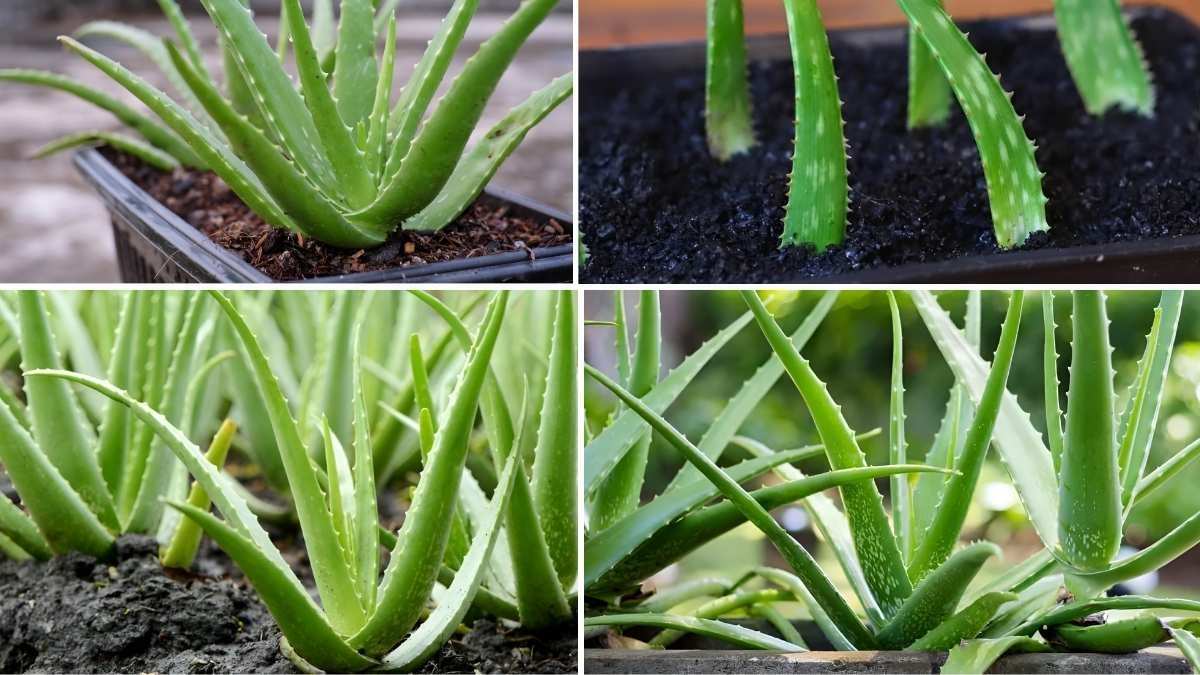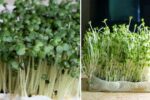Aloe vera is one of the most versatile and easy-to-grow plants, known for its soothing gel and healing properties. It is a favorite among gardeners because it requires very little maintenance and can thrive both indoors and outdoors. What’s even more exciting is that you can grow an entire aloe vera garden from just one plant. With a little patience and the right care, your single aloe plant can multiply into a lush, green collection. This guide will take you through every step to grow an aloe vera garden from a single plant, from propagation to care and maintenance.
What is Aloe Vera Plant
Aloe vera is a succulent plant that belongs to the lily family. It has thick, fleshy leaves that store water, allowing it to survive in dry and sunny environments. The gel inside the leaves is widely used for its medicinal and cosmetic benefits, such as treating burns, improving skin health, and aiding digestion. Aloe vera plants are hardy and can live for many years, making them perfect for anyone looking to build a sustainable garden.
Choosing the Right Aloe Vera Plant
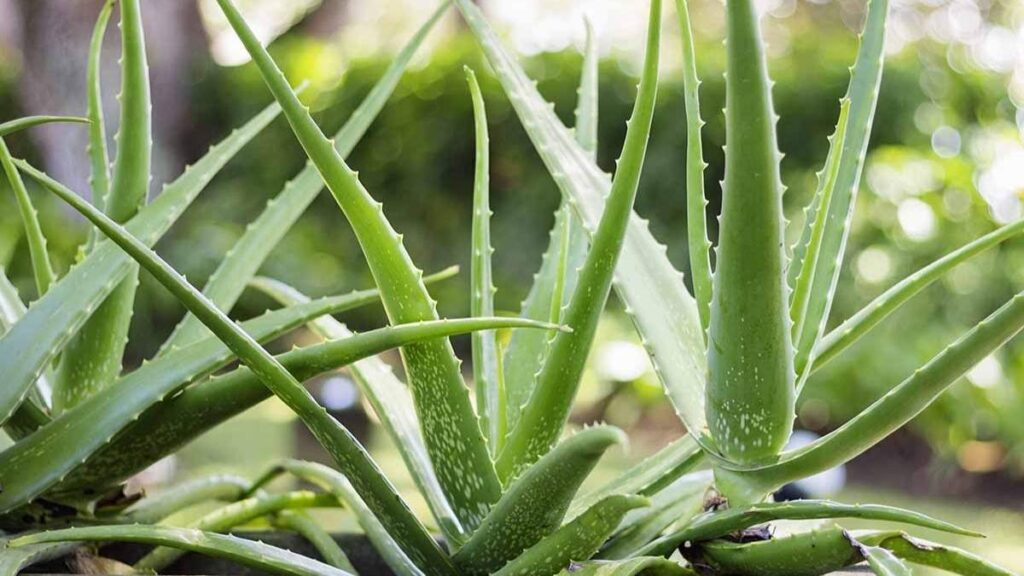
To grow an aloe vera garden, you need to start with a healthy mother plant. Look for an aloe plant that has:
- Thick, vibrant green leaves with no discoloration
- A firm base and compact rosette shape
- No signs of rot, pests, or mold
A healthy mother plant will produce more pups (baby plants) that you can separate and replant to expand your garden.
Identifying and Separating Aloe Vera Pups
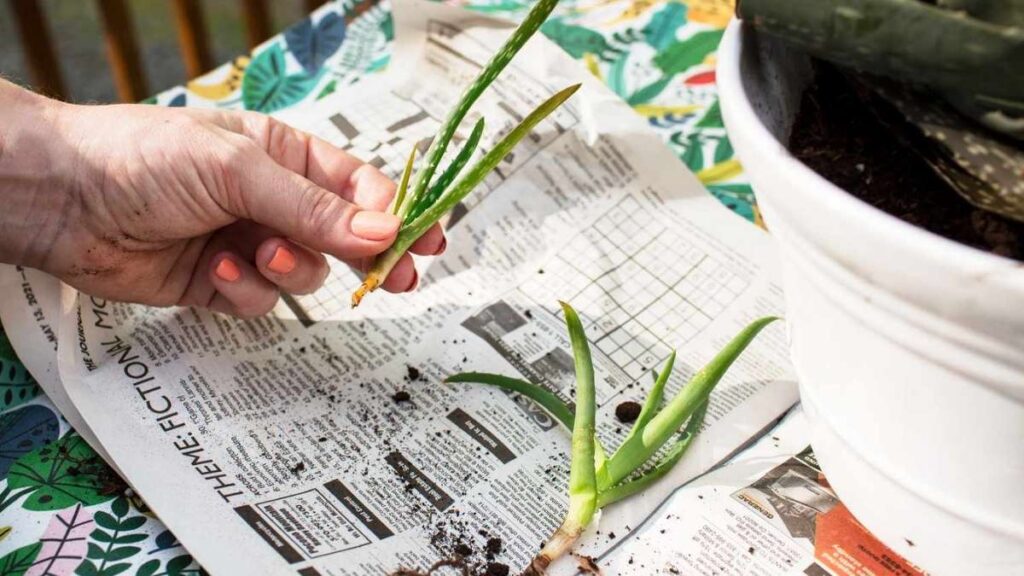
Aloe vera reproduces by growing small offshoots called pups around its base. These pups are miniature versions of the main plant and can be used to grow new aloes. Wait until the pups are at least 3–4 inches tall and have their own root systems before separating them.
To separate the pups:
- Carefully remove the mother plant from its pot or the ground.
- Gently brush away the soil to expose the roots.
- Identify the pups and see where they connect to the mother plant.
- Use a clean, sharp knife or garden shears to cut the pup away, keeping some roots attached.
- Let the pups sit in a dry, shaded place for a day or two so the cut ends can heal before replanting.
Preparing the Right Soil
Aloe vera thrives in well-draining soil. Because it is a succulent, it cannot tolerate waterlogged conditions. The best soil mixture for aloe vera includes:
- 1 part garden soil
- 1 part coarse sand
- 1 part perlite or pumice
You can also use a store-bought cactus or succulent mix. Good drainage prevents root rot and helps the plant absorb just the right amount of moisture.
Planting the Aloe Pups
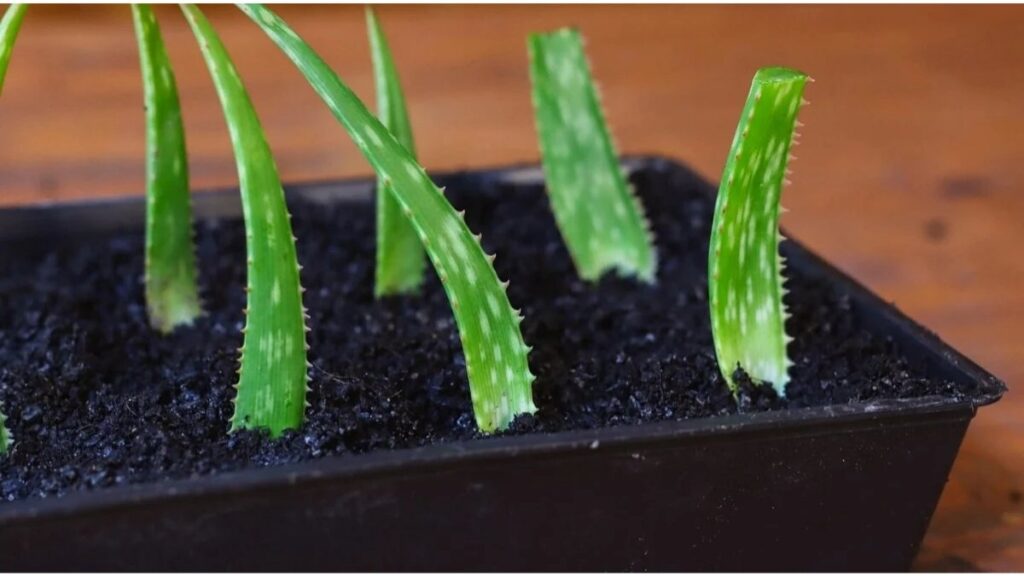
Once the pups are ready and the soil is prepared, plant each pup in a small pot or directly into the garden. If planting in pots, make sure they have drainage holes at the bottom.
- Fill the pot with soil, leaving a little space at the top.
- Place the pup in the center, covering the roots with soil.
- Keep the base of the leaves above the soil line to avoid rot.
- Do not water immediately wait for 2–3 days to allow the roots to settle and any cuts to heal.
After a few days, water lightly to moisten the soil. Aloe vera prefers dry conditions, so water only when the soil feels dry about an inch below the surface.
Providing the Right Conditions
Aloe vera loves sunlight but can be sensitive to harsh rays if exposed for too long. If you’re growing your aloe indoors, place it near a sunny window where it gets at least six hours of indirect light daily. Outdoors, choose a spot that receives bright sunlight but also some shade during the hottest part of the day.
For the best results:
- Maintain a temperature between 60–80°F (16–27°C).
- Protect the plants from frost or extreme cold.
- Ensure proper air circulation to prevent mold or fungal growth.
Watering and Feeding the Plants
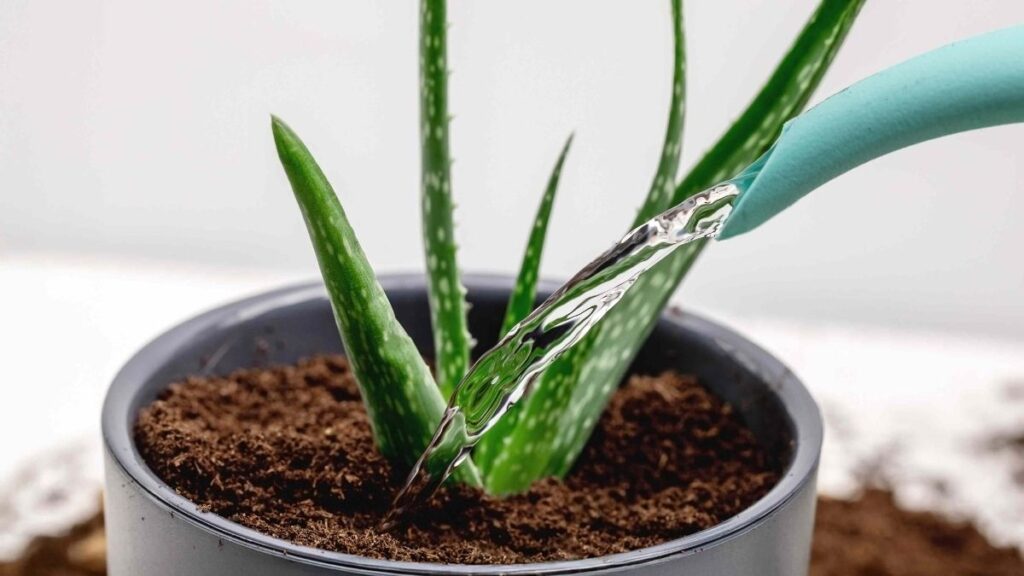
Overwatering is one of the most common mistakes when growing aloe vera. The plant prefers dry conditions and only needs watering every two to three weeks. Always check the soil before watering if it still feels damp, wait a few more days.
Feeding your aloe vera is simple. You can fertilize once or twice a year during the growing season (spring and summer) using a diluted, balanced liquid fertilizer. Avoid feeding during winter when the plant’s growth naturally slows down.
Expanding Your Aloe Garden
Once your pups mature, they will begin to produce their own pups, allowing your garden to grow continuously. To create a beautiful aloe vera garden, you can:
- Group multiple aloe plants in large pots for an ornamental display.
- Plant them in rows or clusters in outdoor beds for a natural look.
- Mix aloe vera with other drought-tolerant succulents for variety.
You can even share extra pups with friends and family or grow them in decorative containers to keep indoors. Aloe vera plants are easy to maintain and make perfect gifts.
Common Problems and Their Solutions
Even though aloe vera is low-maintenance, it can face a few issues if not cared for properly. Here are some common problems and how to fix them:
- Soft or mushy leaves: Caused by overwatering or poor drainage. Let the soil dry out completely and check for root rot.
- Brown or red leaf tips: A sign of too much direct sunlight or heat. Move the plant to a shadier spot.
- Droopy leaves: Usually due to overwatering or lack of sunlight. Adjust the watering schedule and ensure the plant gets enough light.
- Slow growth: This can occur if the plant is in a small pot or lacks nutrients. Repot in fresh soil and give a mild fertilizer boost.
Harvesting Aloe Vera Gel
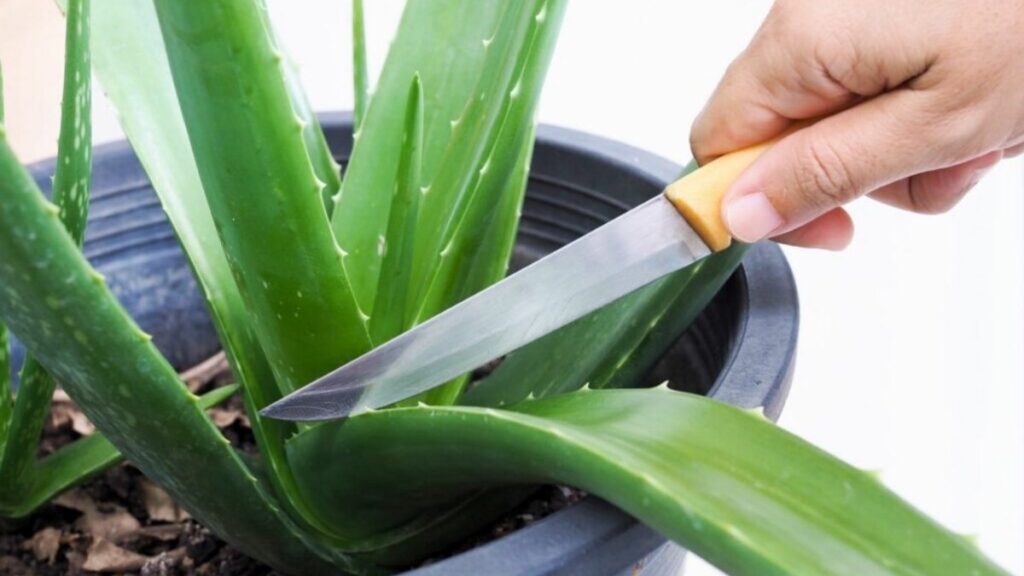
Once your aloe vera plants are mature, you can start harvesting their leaves for the gel inside. Select the outermost, thickest leaves, as they contain the most gel. Cut the leaf close to the base, and allow the yellow latex (aloin) to drain out. After that, slice the leaf open and scoop out the clear gel.
You can use the gel for:
- Treating minor burns and cuts
- Moisturizing skin and hair
- Reducing acne and inflammation
- Making homemade face masks or smoothies
Always use the gel fresh or store it in the refrigerator for up to a week.
Conclusion
Growing an aloe vera garden from a single plant is a simple yet rewarding experience. With patience and proper care, one aloe plant can multiply into a thriving collection that enhances your home and health. Aloe vera’s ability to grow easily, require little maintenance, and offer countless benefits makes it a must-have plant for every garden. Whether you grow it indoors for its beauty or outdoors for its practical uses, your aloe vera garden will continue to flourish for years, providing natural healing and fresh greenery from just one humble plant.
